The Aurora Borealis, or as it’s commonly known, the Northern Lights, is an ethereal phenomenon of extraordinary beauty. The celestial display of coloured lights across the night sky is both beguiling and inspiring in equal measure. Once seen, it is never forgotten. Characteristically, auroras emit a greenish-yellowish light, but blues and reddish-violet hues can also be seen occasionally. Each one is unique. The name is derived from the Roman goddess of the dawn, Aurora, and the Greek name for north wind, Boreas. Best Place To See the lights is Northern Norway and the best Time To Go is late autumn-early spring.

What Causes Aurora Borealis?
This fascinating spectacle is caused by electrically charged particles streaming from the sun and colliding with atoms in the magnetic field that surrounds the Earth. The energy released by the collision is what we see as the Northern Lights. Interestingly, a collision with oxygen produces reds and greens, whilst encountering nitrogen creates hues of blue to purple.
The solar wind blows continuously towards the Earth and varies in intensity; and so Aurora Borealis is linked with the activity of the sun. Some of the particles spiral along the lines of the magnetic field and end up in the atmosphere over the planet’s poles. All of this happens approximately 100 kilometres (62 miles) above our heads.
What Causes Aurora Borealis?
This fascinating spectacle is caused by electrically charged particles streaming from the sun and colliding with atoms in the magnetic field that surrounds the Earth. The energy released by the collision is what we see as the Northern Lights. Interestingly, a collision with oxygen produces reds and greens, whilst encountering nitrogen creates hues of blue to purple.
The solar wind blows continuously towards the Earth and varies in intensity; and so Aurora Borealis is linked with the activity of the sun. Some of the particles spiral along the lines of the magnetic field and end up in the atmosphere over the planet’s poles. All of this happens approximately 100 kilometres (62 miles) above our heads.
Where Can I See Aurora Borealis?
The best places to view the Northern Lights / Aurora Borealis are in northern Norway, above the Arctic Circle. There are many good spots to observe the lights and among the best on Earth are Svalbard, Tromsø and the Lofoten Islands.
The display typically starts in the late afternoon and continues with varying degrees of intensity well into the night. This is the common form of the aurora and is known as night-time aurora. Rarer day-time aurora can be seen in Svalbard which is directly below where the magnetic field comes down to the Earth’s surface.
The Northern Lights appear in a circle around the Magnetic North Pole, known as the aurora oval. Both Tromsø and the Lofoten Islands are located right in the middle of this zone.
What is the best time of year for seeing Aurora Borealis?
The Northern Lights are most frequent between late autumn and early spring. The best time of year to visit in order to see the lights clearly is between the 21st September and the 21st March (between autumn and spring equinox) when it is dark between 6pm and 1am.
It’s important to remember that some weeks there can be incredible displays, repeated several times during an evening, whilst at other times, the lights are nowhere to be seen. As a result, the longer you are able to stay, the better your chances of a front-row seat to watch nature’s own spectacular theatre.
Tips for Observing the Aurora Borealis
Aurora Borealis does not come out to anyone’s schedule and can appear at any time. If you stay above the Arctic Circle, the best advice is to set aside an entire evening for observation. To improve your odds of viewing the magisterial display, avoid a full moon and well-lit areas. Remember – if the skies are overcast, there will be little chance of seeing the lights. If the sky is only partly cloudy, the odds improve, though the aurora will have to be very strong to be seen.

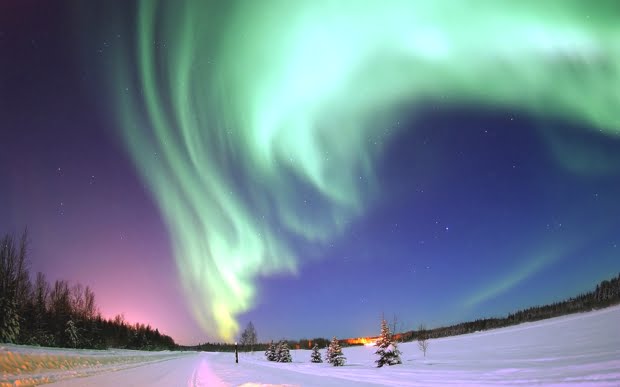




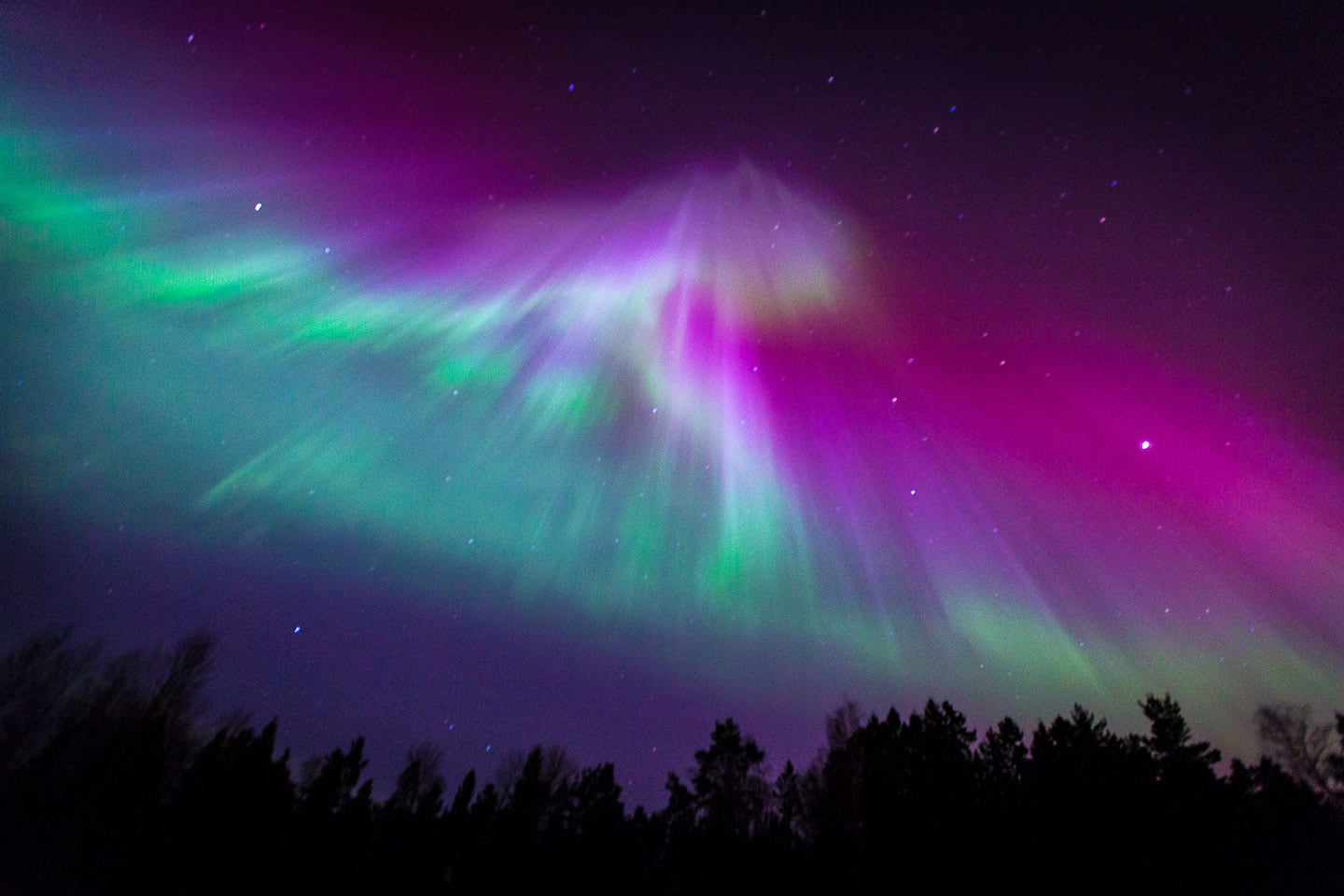
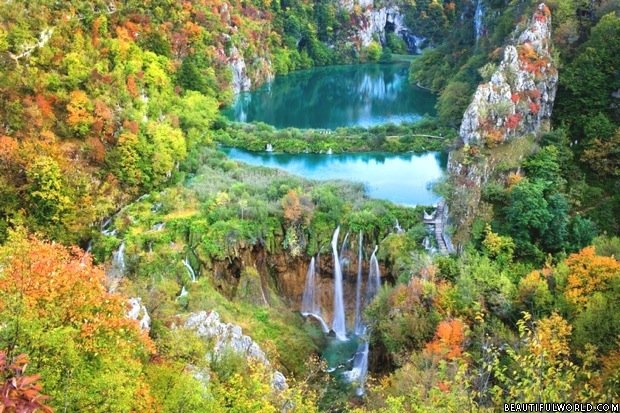
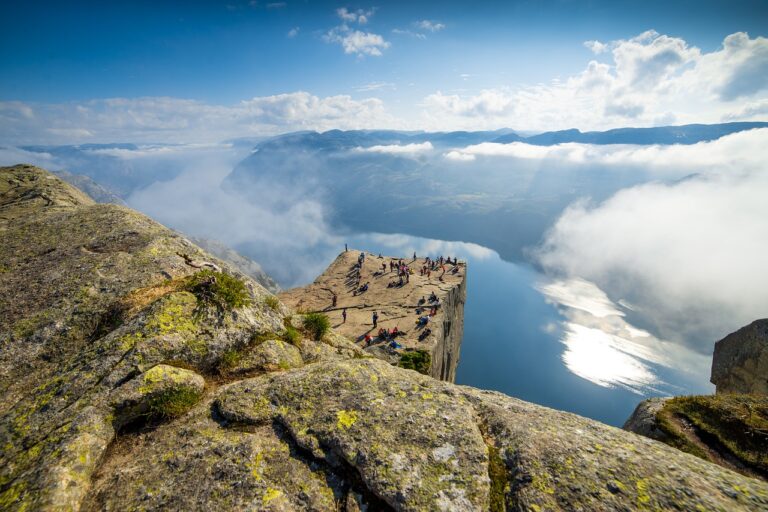
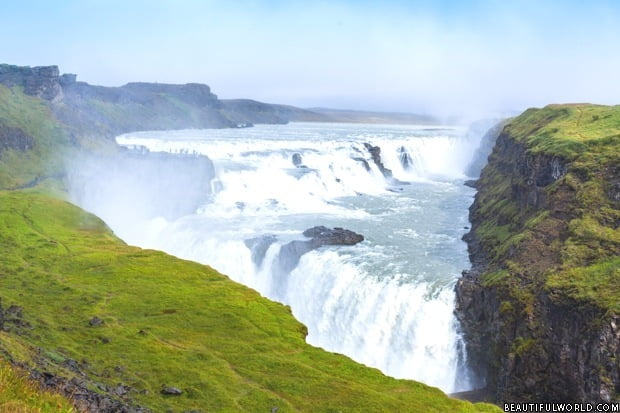
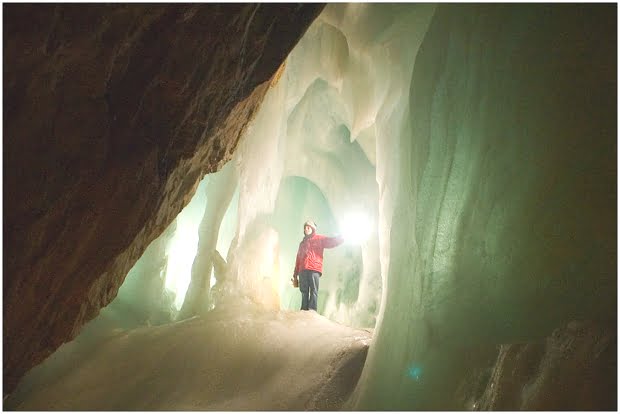

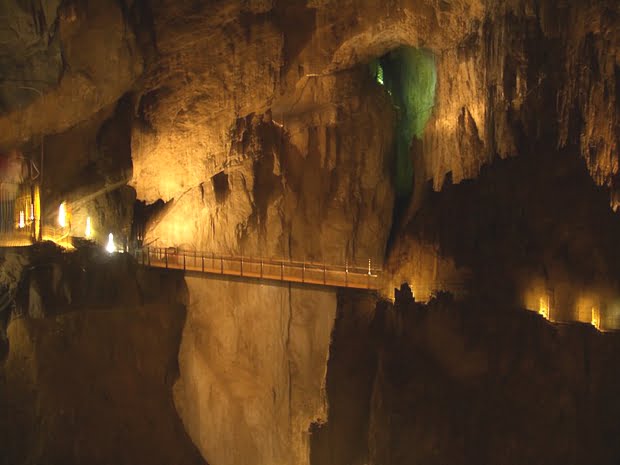
You are spot on! I just got back from my trip recently to see the lights and it was superb! I was staying there from the end of February to the first week of March. It was one of the most beautiful things I had ever seen. I got some great shots too! I traveled there to do a wedding ceremony (I’m a wedding photographer). Your pictures look fantastic. While I did get some good shots in I will have to go back during its peak to really get a show!